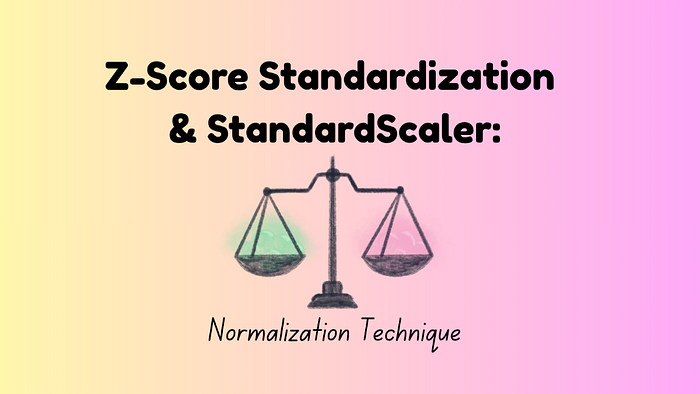Introduction to OpenAI’s New Models
OpenAI has announced the release of two new models, o3 and o4-mini, which combine simulated reasoning capabilities with access to functions like web browsing and coding. These models mark the first time OpenAI’s reasoning-focused models can use every ChatGPT tool simultaneously, including visual analysis and image generation.
What are o3 and o4-mini?
OpenAI announced o3 in December, and until now, only less capable derivative models named "o3-mini" and "03-mini-high" have been available. However, the new models replace their predecessors—o1 and o3-mini. o3 targets complex analysis, while o4-mini, being a smaller version of its next-gen SR model "o4" (not yet released), optimizes for speed and cost-efficiency.
Availability and Access
OpenAI is rolling out access today for ChatGPT Plus, Pro, and Team users, with Enterprise and Edu customers gaining access next week. Free users can try o4-mini by selecting the "Think" option before submitting queries. OpenAI CEO Sam Altman tweeted that "we expect to release o3-pro to the pro tier in a few weeks." For developers, both models are available starting today through the Chat Completions API and Responses API, though some organizations will need verification for access.
Features and Capabilities
"These are the smartest models we’ve released to date, representing a step change in ChatGPT’s capabilities for everyone from curious users to advanced researchers," OpenAI claimed on its website. OpenAI says the models offer better cost efficiency than their predecessors. The new models dynamically determine when and how to deploy aids to solve multistep problems. For example, when asked about future energy usage in California, the models can autonomously search for utility data, write Python code to build forecasts, generate visualizing graphs, and explain key factors behind predictions—all within a single query.
What Sets o3 and o4-mini Apart
What sets these new models apart from OpenAI’s other models (like GPT-4o and GPT-4.5) is their simulated reasoning capability, which uses a simulated step-by-step "thinking" process to solve problems. OpenAI says o3 and o4-mini are multimodal, featuring the ability to "think with images."
Conclusion
The release of o3 and o4-mini marks a significant step forward for OpenAI’s ChatGPT capabilities. With their simulated reasoning capabilities and access to various tools, these models have the potential to revolutionize the way we interact with AI. As OpenAI continues to develop and improve its models, we can expect to see even more innovative applications of AI in the future.
FAQs
- Q: What are o3 and o4-mini?
A: o3 and o4-mini are two new models released by OpenAI that combine simulated reasoning capabilities with access to functions like web browsing and coding. - Q: How can I access o3 and o4-mini?
A: OpenAI is rolling out access to o3 and o4-mini for ChatGPT Plus, Pro, and Team users, with Enterprise and Edu customers gaining access next week. Free users can try o4-mini by selecting the "Think" option before submitting queries. - Q: What sets o3 and o4-mini apart from other models?
A: The simulated reasoning capability of o3 and o4-mini sets them apart from other models, allowing them to use a simulated step-by-step "thinking" process to solve problems. - Q: Can I use o3 and o4-mini for development?
A: Yes, both models are available starting today through the Chat Completions API and Responses API, though some organizations will need verification for access.











